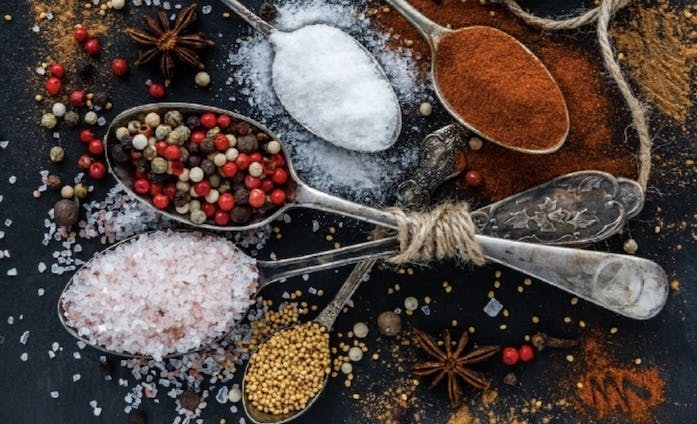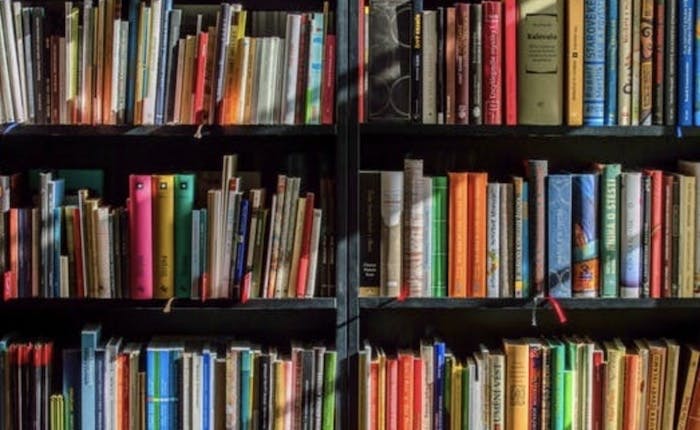Creating Our Family Story
Food, books and relationships with other mixed race, immigrant and/or minority families help us build our unique family story.
By Rosa Walker

“I wonder what color Baby Gabriel’s skin will be,” Matias, our six-year old son, mused out loud to our younger son, Tomas, as they sat on the front steps, hunkered over bowls of vanilla ice cream.
In the kitchen my hands stilled in the dishwater, curious where this conversation would lead.
“More morenito than us, I think,” Tomas responded, as he scooped up another towering spoonful.
“Maybe more white,” Matias predicted.
“Actually, I think he will be green, like a frog,” Tomas said. They both threw their heads back and shrieked with laughter at their joke.
Seven years ago, when I first discovered I was pregnant with Matias, I also wondered what my baby would like look — although I was fairly certain he would not be green. Along with the typical awe, I felt a twinge of nerves: how would my son resemble both my husband and I?
I am Caucasian, and my husband is an immigrant from Chile, of Mapuche Native American and Czechoslovakian ancestry. What would the roll of our genetic dice yield? And, with a hitch of guilt at my own thoughts, would I recognize my son as being from me?
When I finally held our curled up infant 6 months later, all that ran through my head was that he was beautiful and wholly himself. All questions fell away.
Now, our boys are seven, four and a half, and six months. And as a mixed race, mixed status family, we are in continual, rigorous dialogue with what it means to be us as a family.

Creating our story in the kitchen
Food is important to us as a family. Since our kids were able to walk, they have joined us in the kitchen to pour, stir and fling flour all over. Over time, the making of certain dishes has become an important family tradition. Sopiapillas, or squash fry bread drizzled with honey, on the first rainy days of fall. Sourdough cinnamon rolls on Sunday morning. Arroz con leche on Friday mornings with the last of the week’s milk.
We have slowly learned to share the story behind these recipes. To share how we both made or ate these respective dishes as children, and offer verbal sketches of how our parents made these dishes, the history behind them, even as we create new family traditions.
For example, my husband shares how he would walk to his Mapuche neighbors in his small town in Carampangue, Chile to buy milk from them to make the sweet, cinnamon-spiced arroz con leche.

Finding our story among other stories
Stories and books are another tool we use to explore topics of race, skin color, immigration, and our family story with our children. Hunting for the perfect book is one of my favorite past times, not as a solution in and of itself, but as a concrete, shared framework in which to discuss these topics with my children.
Well-selected books also offer credence to what we are talking about, because they offer visual proof that other people share interest in said topic.
At first, I just tried to find bilingual books of my favorite stories as a child.
Fortunately, through reflection and discussions with librarians and other parents, my search has evolved to focus on:
Books by Latino and other minority authors telling their own stories.
I have had to dig to find these, and am always looking for more.
Stories that feature protagonists that are children of color
These are powerful and frustratingly hard to find. In particular, we enjoy stories with biracial protagonists, as my kids respond with even more attention when the character represents their particular experience. One of our favorite protagonists is Marisol McDononald, a confident Peruvian-Scottish young girl who demonstrates how to mix polka dots and stripes, as well as all aspects of her cultural heritage, loves empanadas, and negotiates both issues common to other young girls — such as how to theme her birthday party — as well as more unique issues, such as saving money so that her grandmother in Peru can eventually come visit their family.
I can still remember the first time we read one of her stories. Our boys sat with the unusual stillness that characterizes true absorption.
Rich, non-fiction narratives about people from Latin America
A recent favorite is BiblioBurro, a true account of a school teacher in Columbia that brings library books to children in rural areas by donkey. Our boys have enjoyed looking at YouTube videos of this real-life protagonist who describes in eloquent detail how he is slowly building a local library in rural Columbia.
Stories about immigrants from all over the world
These offer a framework from which to talk about their dad’s immigration to the US, as well as to discuss why many immigrants move to a new place. At first I focused on my husband’s story of immigrating to the US.
However, what I realized is that, although I need to be frank with myself about the reality of my white skin and how that has offered me certain opportunities, I also cannot succumb to a narrative of the homogenous white. I need to share my specific family story, which includes a dad that is a first-generation immigrant from Holland, as well as a mother with Scottish ancestors, and my own childhood spent in the Argentine Andes, as well as on a farm in rural Oregon.
In fact, we gifted our children a globe this Holiday season so that we can take a 3-dimensional look at how and why people move around this globe, as well as to understand visually, where many friends and family members live right now, far from this country. My hope is that my children start to understand that the world is far larger than the USA. And that immigration is a basic human phenomenon.
Books were my natural focus, until I saw my husband weave oral stories for our sons.
Chagrined, I realized that my idea on how stories can happen was too restricted. Now, a favorite family activity is to listen to my husband create magical tales out of his childhood romps, hunting excursions with his favorite hunting dog, Bongo, or soccer games he played as a professional futbolista in Chile.

From Brightly: http://www.readbrightly.com/picture-books-celebrate-hispanic-heritage/
Other immigrant, minority and multiracial families inspire us with their presence, optimism, and perspectives
Finally, a major resource to us as a family is being friends with other families that include immigrant, minority, multiracial, and/or interfaith members. We have been blessed to make connections with many families that inspire us with their presence, optimism, and perspectives on how to build their own family story.
They offer moral support, a sounding board when issues inevitably come up, as well as a safe place to just let out our breath, and be the mashed up, mixed family that we are.
As a family, we strive to root ourselves in the languages, traditions, and history of both of our families of origin, as well as make space for our new family’s unique growth.

Most humbling has been my slow discovery that, as the parent, I am not the main creator of our family story.
Certainly, I have a responsibility to explain, to engage, to offer information and structure, and to co-create a community that supports my children in growing up as confident bilingual, biracial, bicultural humans.
But, I am not the main writer of this family narrative. My boys are. With each joke about green-skinned brothers, or each culinary fusion my four-year-old foodie creates of handmade tortillas, tofu and ketchup, or each time they play with Spanish and English words and syntax, I am reminded that our story has multiple creators.
Children just like them across this country and world are also connecting elements of their multicultural, multilingual worlds in fresh ways. Their ability to analyze, fuse and change what they see in their life holds the potential of rich and innovative ideas. They are, quite literally, creating their/our future.
Rosa Walker
Get Insights In your Inbox
Join the EmbraceRace community! You will receive the newsletter with our latest on race & kids, including upcoming events and opportunities, resources, community news and curated links.
Subscribe


